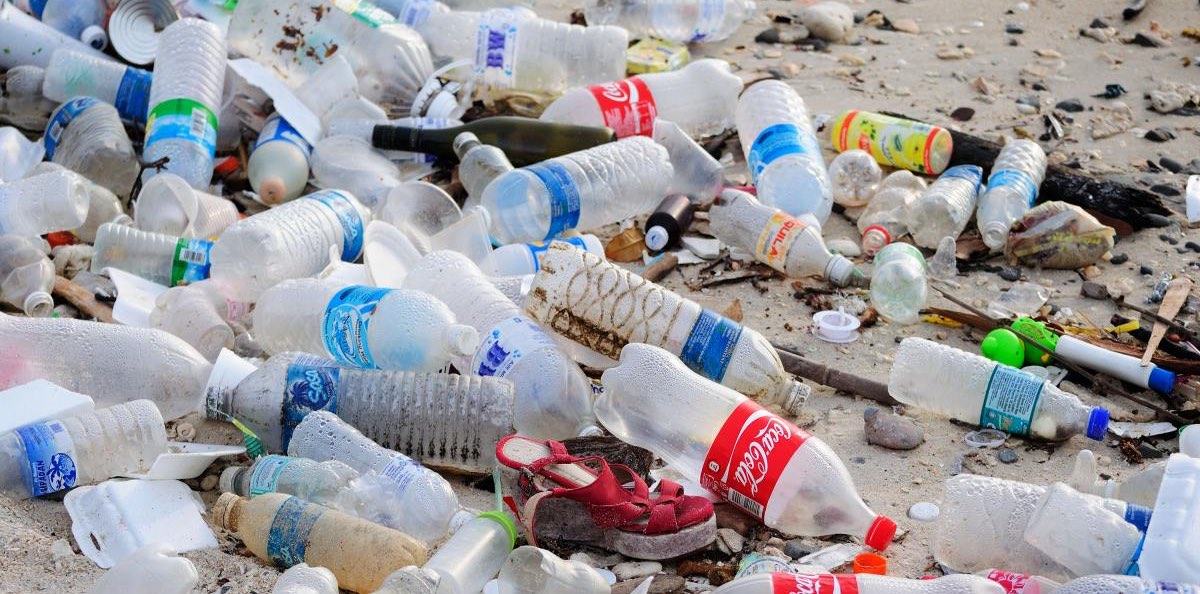Unfortunately we are all very aware that one of the most devastating forms of pollution is plastic pollution. This is especially true when it comes to single use plastics. However, it is so much easier than you think to start reducing the amount of plastic waste and pollution that you personally create each and ever day. In this article we take a look at 10 ways to reduce plastic pollution.
10 Ways to Reduce Plastic Pollution

There 10 ways to reduce plastic pollution are all small, personal steps we can all make. They may seem simple but if we all committed to them the difference it would make to the world and future generations would be huge.
1. Carry a Reusable Bottle – Stop Buying Water
Carrying a reusable water bottle and stopping buying water is a great way to reduce plastic pollution because it eliminates the need for single-use plastic water bottles, which often end up in our oceans and harm marine life. Reusable water bottles are made of durable materials like stainless steel or glass, which can withstand repeated use and washing, making them a sustainable alternative to disposable plastic bottles. By carrying a reusable water bottle, we can reduce our reliance on single-use plastic bottles, which are not only harmful to the environment but also contribute to climate change due to their production and transportation. Additionally, many reusable water bottles are designed with filters or purification systems, which can provide clean drinking water without the need for disposable plastic bottles.
Check out these eco-friendly water bottles by clicking here.
2. Buy Used Secondhand Stuff
Buying used secondhand stuff is a great way to reduce plastic pollution because it reduces the demand for new, plastic-packaged products. When we buy used items, we reduce the need for new products to be manufactured, which in turn reduces the amount of plastic packaging that is produced and discarded. Additionally, buying used items helps to extend the life of products that are already in circulation, which reduces waste and minimizes the need for new resources to be extracted and processed. By choosing to buy used items, we can significantly reduce our plastic footprint and help to protect the environment.
3. Buy in Bulk
Buying in bulk is a great way to reduce plastic pollution because it reduces the amount of packaging waste associated with individual items. When we buy in bulk, we can purchase larger quantities of items, which often come in minimal packaging or refillable containers. This reduces the amount of plastic packaging that is used and discarded, helping to protect the environment. Additionally, buying in bulk helps to reduce food waste by allowing us to buy only what we need, which in turn reduces the amount of resources that are required to produce, process, and transport food. By choosing to buy in bulk, we can significantly reduce our plastic footprint and help to protect the environment.
4. Buy and Use a Reusable Bag
Buying and using a reusable bag is a great way to reduce plastic pollution because it eliminates the need for single-use plastic bags. Single-use plastic bags are one of the most unnecessary plastic items, and they often end up in our oceans and harm marine life. By choosing to buy and use a reusable bag, we can significantly reduce our plastic footprint and help to protect the environment. Additionally, many reusable bags are made from sustainable materials like cotton, jute, or canvas, which can withstand repeated use and washing, making them a sustainable alternative to disposable plastic bags.
Check out these eco-friendly reusable bags by clicking here.
5. Recycle
Recycling waste is a great way to reduce plastic pollution because it helps to conserve natural resources and reduce the amount of waste that ends up in landfills and oceans. When we recycle, we transform waste into new products, reducing the need for raw materials and the energy required to extract, process, and transport them. Recycling also helps to reduce greenhouse gas emissions, which contribute to climate change. By choosing to recycle, we can significantly reduce our plastic footprint and help to protect the environment for future generations.
6. Ditch Cotton Buds
Ditching cotton buds is a great way to reduce plastic pollution because they are one of the most unnecessary plastic items. Cotton buds are often made of plastic and are used once before being discarded, contributing to the already overflowing landfills and oceans. By ditching cotton buds, we can significantly reduce our plastic footprint and help to protect the environment. Instead of cotton buds, we can use reusable cotton pads or cotton balls, which can be washed and reused multiple times, making them a sustainable alternative to disposable plastic buds.


